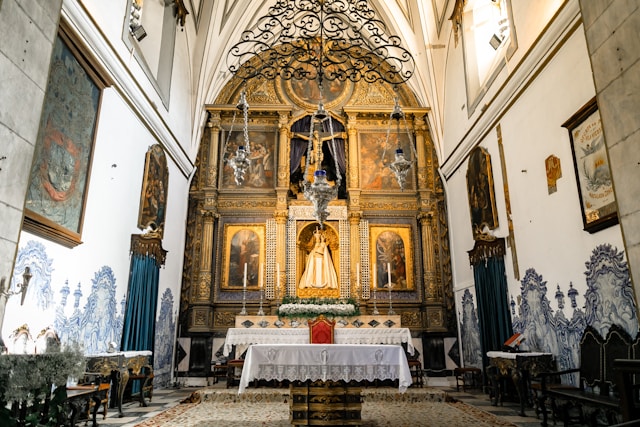Introduction
St. Cecilia, renowned as the patron saint of music and musicians, has captivated the hearts of believers and music enthusiasts alike for centuries. Her story exemplifies the power of faith, love, and the transformative nature of music. This comprehensive blog post delves into the life, legacy, and enduring reverence for St. Cecilia, exploring her significance in the realm of music and beyond.
A Life of Faith, Music, and Love
Early Life and Conversion
Cecilia was born into a wealthy Roman family in the 3rd century AD. Raised in a Christian household, she dedicated her life to God from a young age. Despite her family’s objection, she secretly converted to Christianity and resolved to remain a virgin, even after her arranged marriage to the pagan Valerian.
Celestial Music and the Heavenly Bridegroom
On her wedding night, Cecilia filled her chamber with heavenly music that only she could hear. She confided in Valerian, who was so moved by her devotion that he converted to Christianity. Together, they persuaded Cecilia’s brother, Tiburtius, to join their faith.
Martyrdom and the Vision
The newly converted family’s faith was tested when they were captured by Roman authorities. Valerian and Tiburtius were executed, and Cecilia refused to renounce her beliefs. After an unsuccessful attempt to asphyxiate her, she was condemned to be beheaded.
As the executioner’s sword descended, Cecilia remained steadfast in prayer. According to legend, she was transported into a vision, singing praises to God with the angels. Her body lay untouched for three days, a testament to her unwavering faith and the power of her music.
Legacy and Veneration
Patron Saint of Music
St. Cecilia’s unwavering devotion to God and her gift for music resonated with countless musicians. In the 5th century, she was officially declared the patron saint of music by Pope Gregory I. Since then, she has been revered as the protector and inspiration for musicians of all genres and eras.
Symbolism and Artistic Depictions
St. Cecilia is often depicted with musical instruments, typically an organ or a portable organ (portative). Her gentle gaze and serene expression convey her unwavering faith and the transformative power of music. She is frequently portrayed alongside angels or celestial beings, symbolizing her connection to the heavenly realm.
Church of Santa Cecilia in Trastevere
The Church of Santa Cecilia in Trastevere, Rome, is dedicated to St. Cecilia and houses her relics. The church, built on the site of her home, has been a pilgrimage site for centuries. It is adorned with stunning mosaics and frescoes depicting her life and martyrdom.
The Transformative Power of Music
Cecilia’s Impact on Music Education
St. Cecilia’s patronage of music has had a profound impact on music education. Her influence inspired the creation of music schools and conservatories, providing countless individuals with the opportunity to develop their musical talents.
Music as a Path to Spirituality
Cecilia’s story reminds us of the power of music to elevate our spirits and connect us to the divine. Through her unwavering faith and her gift for music, she demonstrated the ability of music to inspire, heal, and bring us closer to God.
Contemporary Relevance and Inspiration
St. Cecilia remains a relevant and inspiring figure for musicians and non-musicians alike. Her dedication to her beliefs, her unwavering passion for music, and her ability to transform lives through her gift are timeless qualities that continue to resonate in the modern world.
Conclusion
St. Cecilia’s legacy as the patron saint of music extends far beyond her historical significance. Her story continues to inspire musicians and music lovers alike, reminding us of the transformative power of music and the unwavering strength of faith. Through her example, Cecilia invites us to embrace our passions, nurture our talents, and share the gift of music with the world.



